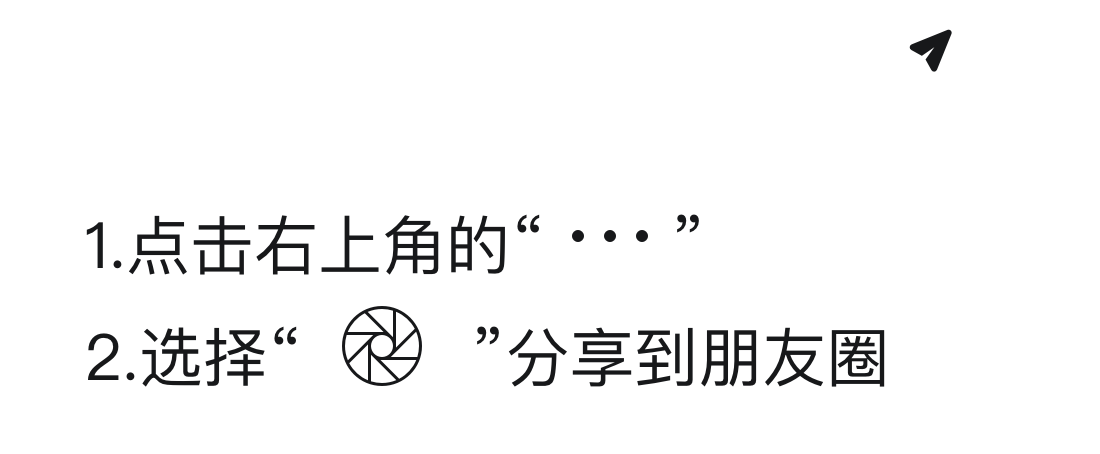关键政策变化
1. 欧盟可能提前取消小额进口包裹免税政策,从原定2028年改为2026年或明年执行,影响价值低于150欧元的包裹。
2. 政策还包括新增约2欧元的处理费,以及数字化海关系统加强审查,旨在解决逃税问题。
实操干货及影响
1. 中国跨境电商玩家如Temu、SHEIN、速卖通将面临成本大涨,价格优势减弱,尤其对小包直邮模式冲击大。
2. 包裹数量庞大,2024年达46亿个(91%来自中国),每秒145个,政策变化需提前关注成本管理和物流调整。
消费趋势与定价挑战
1. 政策变化反映进口消费增长(91%包裹来自中国),影响价格敏感产品,消费者可能转向本地高价商品。
2. 品牌渠道建设需注意:定价策略受冲击,成本上升或削弱与低价进口商品的竞争力。
用户行为观察
1. 因逃税问题和美国政策影响,欧盟加快取消免税,凸显用户偏好低价进口的趋势可能改变。
2. 产品研发可考虑本地化生产,以规避关税压力,提升品牌在欧盟市场的接受度。
政策解读与风险提示
1. 欧盟政策提前取消小额包裹免税(价值低于150欧元),新增处理费和加强审查,预计2026年执行。
2. 风险:中国卖家成本将显著增加(如关税增值税),价格优势被压缩,尤其对小包直邮卖家。
机会与商业模式
1. 市场变化:包裹量年超46亿个(每秒145个),卖家可探索批量运送方式以降低费用(费率0.5欧元 vs 直邮2欧元)。
2. 学习点:参考SHEIN等案例,建议寻求本地仓储合作,规避政策风险。
产品生产与商业机会
1. 政策影响生产需求:关税增加使中国产品(91%包裹)成本上升,工厂需调整设计以增强性价比或聚焦本地化生产。
2. 数字化启示:欧盟推进海关数字化系统,工厂可借此简化清关流程,降低处理成本。
电商机会
1. 商业机会:转向批量运送模式(如当地仓库),利用税率优惠(0.5欧元)以维持竞争力。
2. 产品设计需求:强调高质量以减少审查风险,迎合欧盟市场对合规商品的新偏好。
行业趋势与客户痛点
1. 趋势:欧盟进口包裹激增(2024年46亿个,91%中国源),政策取消免税将推动海关数字化和审查加强。
2. 客户痛点:跨境电商面临处理费(约2欧元)和逃税审查问题,清关成本成为核心挑战。
解决方案方向
1. 新技术:数字化海关系统提供机遇,服务商可开发高效清关工具以缓解客户痛点。
2. 行业启示:参考Temu案例,建议提供一站式服务简化流程,帮助客户适应政策变化。
平台需求与风险规避
1. 政策变化:欧盟快速取消小额包裹免税,平台如Temu、速卖通需应对成本上升(关税和2欧元处理费)。
2. 风险提示:小包直邮模式受打击,价格优势削弱,平台招商需转向批量运送(税率0.5欧元)。
运营管理
1. 最新做法:通过本地仓库优化物流,减少费用;同时加强合规管理以避税审查风险。
2. 平台问题:依赖中国商品的平台面临欧盟政策冲击,运营应关注成本控制和动态调整策略。
产业新动向与新问题
1. 新动向:欧盟政策提前取消免税(原2028年),新增处理费和数字化审查,旨在解决逃税问题。
2. 新问题:进口激增(91%中国源商品)冲击本地企业,引发税收损失和市场公平性争议。
政策法规与商业模式
1. 政策启示:欧盟寻求临时方案以简化实施,提供监管建议。
2. 商业模式:小包直邮模式被削弱,SHEIN等案例显示批量模式可能兴起,启示新物流合作方式。
返回默认













